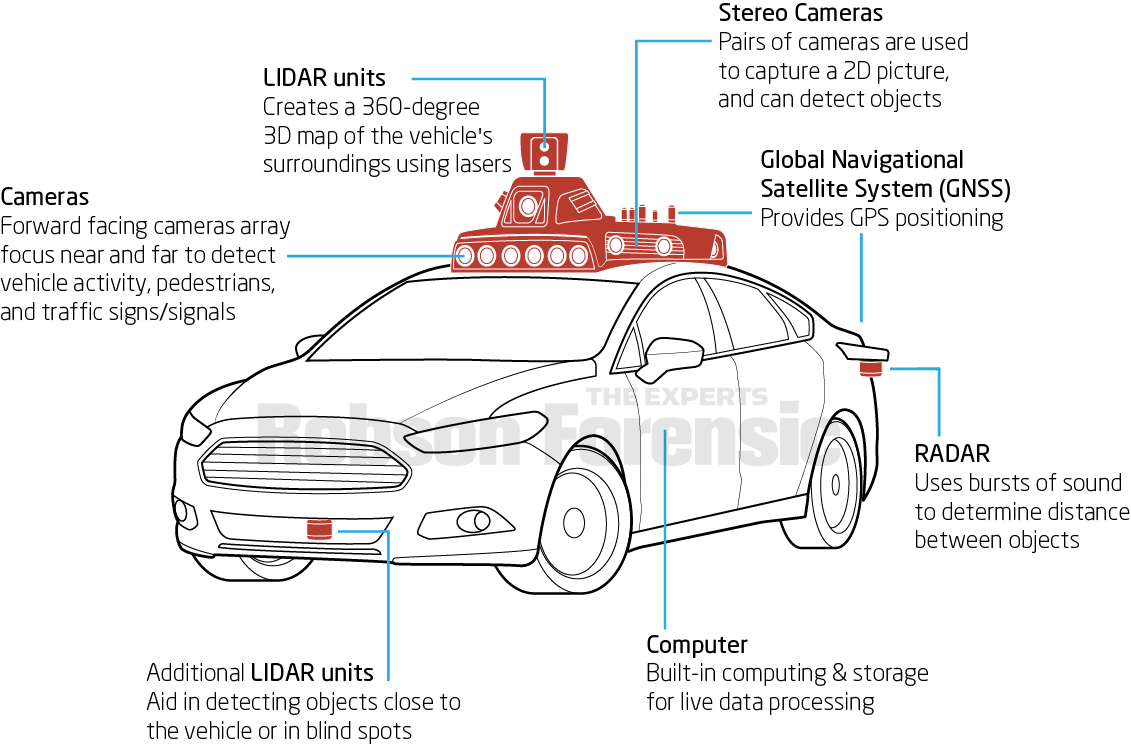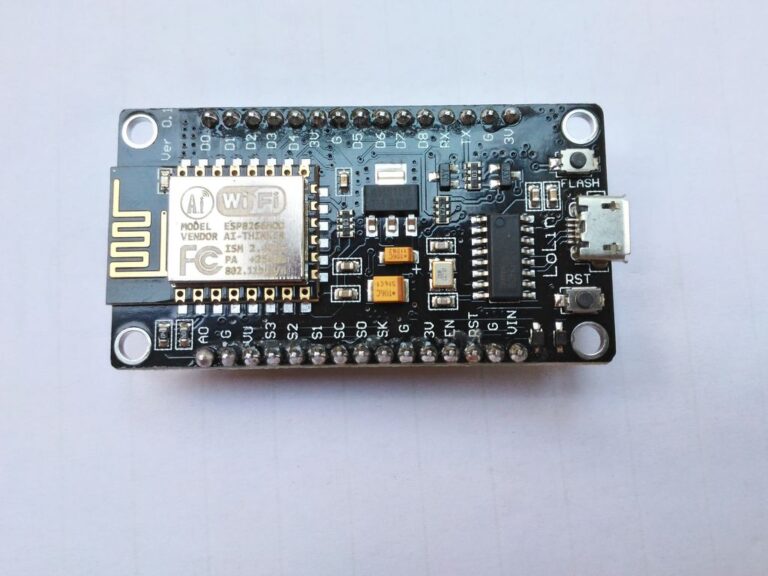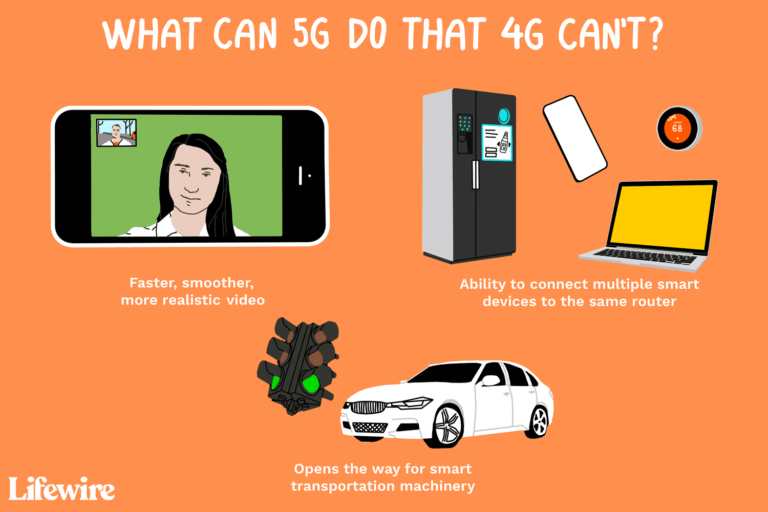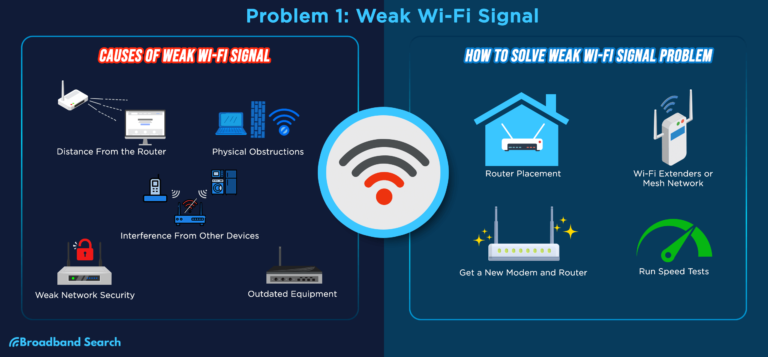What Are The Electronic Components Of Autonomous Vehicles?
Autonomous vehicles are rapidly becoming more commonplace, enabled by advances in electronic components that allow cars to detect, process, and act on their environment. These components allow cars to operate safely and reliably in a variety of situations, without the need for human intervention. The most important electronic components of autonomous vehicles are sensors, processors, communication systems, and control systems. Sensors provide the vehicle’s “eyes and ears,” allowing it to detect and interpret its environment. Processors are used to process the sensor data and determine the best course of action. Communication systems allow the vehicle to communicate with other vehicles, infrastructure, and remote operators. Finally, control systems use the data from the sensors and processors to guide the vehicle’s movements. By combining these components, autonomous vehicles are able to move safely and efficiently in their environment.
Sensors
A sensor is an essential tool in modern technology. It is an electronic device that detects and measures physical phenomena and relays the information to a computer or other device. Sensors come in all shapes and sizes, from tiny microprocessors to large motion detectors. They are used in a wide variety of applications, from medical devices to robotics to gaming consoles. They are also used in many everyday activities, such as controlling the temperature of a room or checking the speed of a car. Sensors make our lives easier, safer, and more efficient, and they are an integral part of the technology of the future.
Control Systems
Control systems are the technology behind many of the automated processes we use in our everyday lives. From air conditioning to traffic signals, control systems are designed to optimize efficiency and productivity. They are used to monitor and control the behavior of machines, systems, and processes, and enable automation for a variety of tasks. Control systems are comprised of hardware, software, and communication networks that work together to control process inputs and outputs. Control systems are used in a variety of industries, from industrial manufacturing to healthcare, to ensure processes run smoothly and efficiently.
Communication Technology
Communication technology is a rapidly evolving field that enables us to interact with others, whether it be through text, voice, or video. It allows us to connect with people from around the world, build relationships, and share information quickly. From smartphones and tablets to social media and conferencing software, communication technology has become an essential part of our lives. By using these tools, we can stay connected and informed, increase our productivity, and even collaborate with others on projects we wouldn’t have been able to do otherwise. Communication technology is a powerful tool that can be used to revolutionize the way we interact with each other and the world around us.
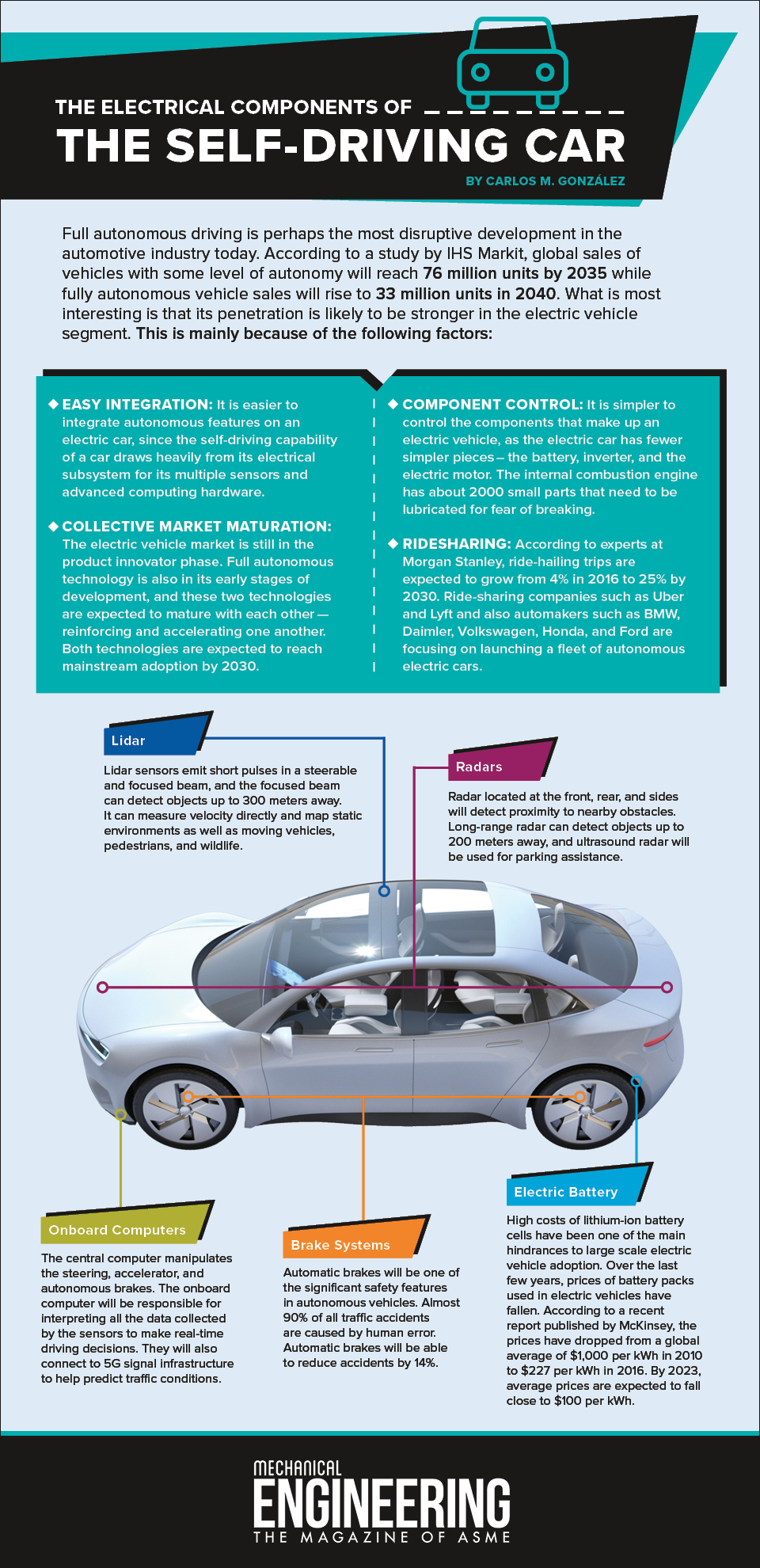
Power Sources
Power Sources is a blog focused on helping people gain access to the most up-to-date information on alternative energy sources and energy-saving technologies. We provide readers with in-depth research, helpful tips, and industry news to help them make informed decisions about their energy needs. Our goal is to provide readers with the information they need to make sustainable choices and to reduce their carbon footprint. We strive to provide the latest news and insights on renewable energy sources, energy-saving technologies, and energy efficiency strategies. We also provide valuable resources to help readers better understand the energy industry and the impact of energy conservation. Whether you’re looking for ways to reduce your energy bills or you’re just interested in learning more about alternative energy sources, Power Sources is your go-to source.
Computing Platforms
A computing platform is a computer system or set of technologies on which applications can be developed and deployed. It is the foundation on which software applications are built, and it encompasses the hardware, operating system, and any other foundational software components. It is a collection of tools and services that enable developers to create, deploy, and manage applications. It includes everything from cloud services to virtual machines, and from development frameworks to operating systems. Platforms provide the flexibility and scalability needed to meet the ever-changing demands of modern applications. By leveraging these platforms, developers can create applications that are more reliable, secure, and cost-effective than ever before. Whether you are looking to build a mobile application or a web application, the right computing platform can make all the difference.
Safety Mechanisms
Safety Mechanisms refers to the measures taken to ensure the safety of people, property, and processes. These measures may include physical barriers, locks, alarms, surveillance, and other security systems. Safety Mechanisms also involve the use of protocols, procedures, and training to ensure that personnel are aware of the dangers and how to respond appropriately. Security measures such as firewalls, encryption, and password protection are also examples of safety mechanisms. By implementing these safety mechanisms, organizations can minimize the risk of harm or damage to their personnel, property, and processes.
FAQs About the What Are The Electronic Components Of Autonomous Vehicles?
Q1. What are the main electronic components of autonomous vehicles?
A1. Autonomous vehicles contain a variety of electronic components, including sensors, actuators, processors, and communication systems. They also typically contain cameras, radar, LiDAR, and other imaging technologies that help them to detect their environment.
Q2. What types of sensors are used in autonomous vehicles?
A2. Autonomous vehicles typically use several types of sensors, including cameras, radar, LiDAR, ultrasonic sensors, and infrared sensors. Cameras are used to detect objects in the vehicle’s environment, while radar and LiDAR are used to measure the distance and speed of nearby objects. Ultrasonic sensors are used to detect obstacles that are closer to the vehicle, while infrared sensors can be used to measure temperature.
Q3. How are the electronic components of autonomous vehicles connected?
A3. Autonomous vehicles typically use a combination of wired and wireless communication protocols to connect their various electronic components together. For example, they often use CAN (Controller Area Network) and CAN FD (Flexible Data Rate) protocols to connect their sensors and actuators. Additionally, they can also use Wi-Fi, Bluetooth, and other wireless communication protocols to allow the car to communicate with its environment.
Conclusion
Autonomous vehicles rely on a range of electronic components, such as sensors, radar, cameras, and other intelligent systems, to detect the environment and guide the vehicle. These components are vital for the safety and efficiency of autonomous vehicles, as they enable the vehicle to make decisions and navigate without human intervention. Autonomous vehicles are the future of transportation and the electronic components that make them possible are essential for their successful deployment.
